Cathay Pacific Airways Ltd., an established Hong Kong airline, was embroiled in an impasse after a passenger accused its flight attendants of discriminating against non-English speakers. The incident occurred on the CX987 aircraft from Chengdu to Hong Kong, and it prompted significant anxiety among passengers as well as condemnation from China's state media. Cathay Pacific issued an apology along with attempts to address the accusations while emphasizing its commitment to inclusiveness and diversity.
Incident Particulars
The airline sector serves as a bridge connecting individuals from all cultures and backgrounds in today's interconnected world. Effective communication and cultural comprehension are critical to providing travelers with an outstanding travel experience. However, situations do occur that demonstrate the difficulties that airlines have in maintaining seamless communication and inclusiveness.
Cathay Pacific's Response
Cathay Pacific Airways promptly issued an apology in response to the passenger's accusations, recognizing the seriousness of the situation. The airline acknowledged the predicament and apologized for any inconvenience caused to the passengers. Cathay Pacific reiterated its commitment to providing all passengers with an inclusive and courteous travel experience.
Criticism from China
The incident on Cathay Pacific Flight CX987 was not overlooked by China's state media. The airline was chastised in the media for "worshipping foreigners" and favoring English-speaking passengers over others. This criticism reflected a nationalistic mindset shared by some who believed foreign airlines were given preferential treatment.
Importance of Communication and Inclusivity
The aviation industry relies substantially on clear communication and inclusiveness. Airlines are responsible for making sure their passengers are valued, respected, and understood throughout the duration of their trip. The Cathay Pacific incident serves as a reminder of the need for excellent communication between airline personnel and passengers, regardless of language ability.
Conclusion
The incident on Cathay Pacific Airways' CX987 flight brought to light the issue of non-English speakers being discriminated against. The airline's prompt response, which included an apology and a pledge to inclusiveness, illustrates its commitment to dealing with similar situations and fostering a courteous travel experience. However, this particular incident illustrates the difficulties that airlines encounter while developing good communication and cultural sensitivity.
With Inputs from Reuters
Read next
Lufthansa, the German flag carrier, and a Star Alliance member, is expanding its aircraft order book by acquiring four additional twin-engine Airbus A350-900 widebodies. This decision consolidates Lufthansa's position as the A350-900's third-largest customer, demonstrating the airline's commitment to fleet development and technological advancement.
Lufthansa's Aircraft Order
Lufthansa's decision to add four more Airbus A350-900s to its fleet reflects the airline's faith in the aircraft. The A350-900 has already proven to be an effective addition to Lufthansa's fleet, offering significant benefits in terms of fuel efficiency, passenger comfort, and range. Lufthansa intends to strengthen its competitive position and provide a better travel experience to its customers by expanding its A350-900 fleet.
Current Scenario
The Lufthansa Group acquires an additional four ultramodern Airbus A350-900 long-haul aircraft. The aircraft will be acquired from Deucalion Aviation Limited and delivered to the Group within the year. Lufthansa currently operates 21 Airbus A350-900s, alongside five additional A350-900s and ten A350-1000s slated as recently as March 2023. Lufthansa has 38 definite orders for this extremely efficient Airbus long-haul aircraft, making it the third-largest Airbus A350 customer in the world.
The Benefits of the Airbus A350-900
The Airbus A350-900 has various features that make it an appealing option for airlines such as Lufthansa. First and foremost, the A350-900's fuel economy decreases operating expenses substantially, making it an ecologically beneficial alternative. Furthermore, its sophisticated aerodynamics and unique design contribute to a quieter and smoother flight, ensuring passengers have a comfortable experience. The aircraft's capacious interior, contemporary amenities, and sophisticated in-flight entertainment systems elevate the passenger experience even more. Furthermore, Lufthansa's long-haul capabilities and exceptional range enable it to connect with additional locations while expanding its global network.
Implications for Lufthansa's Operations
Lufthansa's A350-900 fleet expansion has substantial ramifications for the airline's operations. With more of these cutting-edge aircraft at its disposal, Lufthansa will be able to boost capacity on popular routes and perhaps add new destinations to its network. The improved passenger experience provided by the A350-900 will boost customer satisfaction, enhancing Lufthansa's position as a premium airline. Furthermore, the efficiency advantages from the A350-900's fuel economy will benefit Lufthansa's profitability and competitiveness.
Position of Lufthansa in the Market
Lufthansa consolidates its position as the third-largest client of the Airbus A350-900 with this further aircraft purchase. This demonstrates the airline's dedication to modernizing its fleet and adapting to shifting marketplace conditions. The A350-900's outstanding performance and Lufthansa's support of this variant further cement Airbus's reputation as a leading manufacturer in the aviation industry.
Conclusion
The recent acquisition of an additional four Airbus A350-900 widebodies by Lufthansa demonstrates the airline's commitment to expansion and technological advancement. Lufthansa ensures that its fleet remains at the cutting edge of aviation technology by investing in the A350-900, allowing the airline to provide a greater travel experience to its passengers. The larger fleet will allow Lufthansa to extend its network, improve capacity, and strengthen its market position.
Read next
FAA Issues AD for LEAP 1-A Engine Used in A320Neo Due to Manufacturing Defects
Abhishek Nayar
23 May 2023
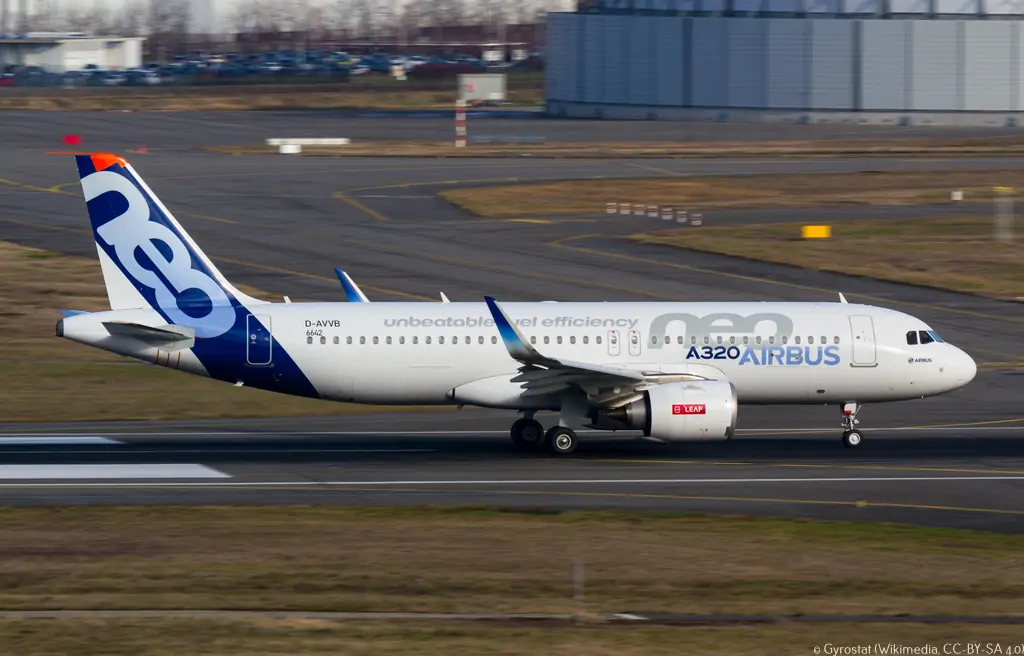
The Federal Aviation Administration (FAA) of the United States has issued an airworthiness directive (AD) pertaining to all CFM International LEAP 1-A engines, which are utilized solely in the Airbus A320neo series of aircraft. The directive was issued in reaction to the discovery of certain engine parts fabricated using materials that had reduced properties owing to iron inclusion.
The Airworthiness Directive of the FAA
The FAA has issued an airworthiness directive in response to the reported issues with CFM International LEAP 1-A engines. An airworthiness directive is a regulatory instrument that informs aircraft operators of mandated activities that must be taken to address safety concerns. The directive contains precise instructions, inspections, changes, or repairs that operators must perform to maintain their aircraft's ongoing airworthiness.
Present Situation
To ensure the safety and airworthiness of aircraft and their components, the aviation industry significantly relies on regulatory authorities such as the FAA. The issuing of an AD indicates a potential issue that must be handled as soon as possible to ensure the safety of activities. The FAA has taken pre-emptive efforts to limit potential risks connected with the use of specific engine parts, in the instance of CFM International LEAP 1-A engines used on Airbus A320neo aircraft. The lists include certain high-pressure turbine (HPT) rotor stage 1 discs (HPT stage 1 discs), front outer seals, and compressor rotor stages 6-10 spools of the LEAP 1-A engines.
To address the problem, the FAA has ordered operators to replace the three affected parts, which impacts 38 engines installed on aircraft registered in the US. According to the agency’s estimates, replacing the HPT stage 1 disk (a total of 38 affected parts) will cost $216,315 per product ($680 labor and $215,635 in parts), the forward outer seal (24 affected parts) will cost $48,180 per engine ($680 labor and $47,500 in parts), and the compressor rotor stages 6-10 spool (15 affected parts) will set back operators $38,340 per engine ($680 labor and $37,660 in parts). All costs related to parts were estimated on a pro-rated basis. The AD, which was issued on May 19, 2023, is scheduled to come into effect on June 23, 2023.
Impact on Airbus A320neo Operators
The FAA's airworthiness directive has a direct impact on airlines operating Airbus A320neo aircraft powered by CFM International LEAP 1-A engines. To maintain the ongoing airworthiness of their aircraft, operators must follow the directive's instructions and requirements within a specific timeframe, in this case, June 23rd.
Passenger Awareness and Customer Communication
Airlines that operate Airbus A320neo aircraft powered by CFM International LEAP 1-A engines understand the significance of adequately explaining the airworthiness requirement to their customers. Maintaining passengers' trust and keeping them informed about any potential impact on their travel arrangements requires open and honest communication.
Conclusion
The US FAA's airworthiness directive for CFM International LEAP 1-A engines on Airbus A320neo aircraft underscores the company's dedication to aviation safety and continual progress. This directive intends to fix reported concerns, manage hazards, and ensure the engines' and aircraft's ongoing airworthiness.
With Inputs from AeroTime
Read next
FlyArystan Launches Flights To India; Kazakhstan Introduces Visa Free Travel For Indians
Radhika Bansal
23 May 2023
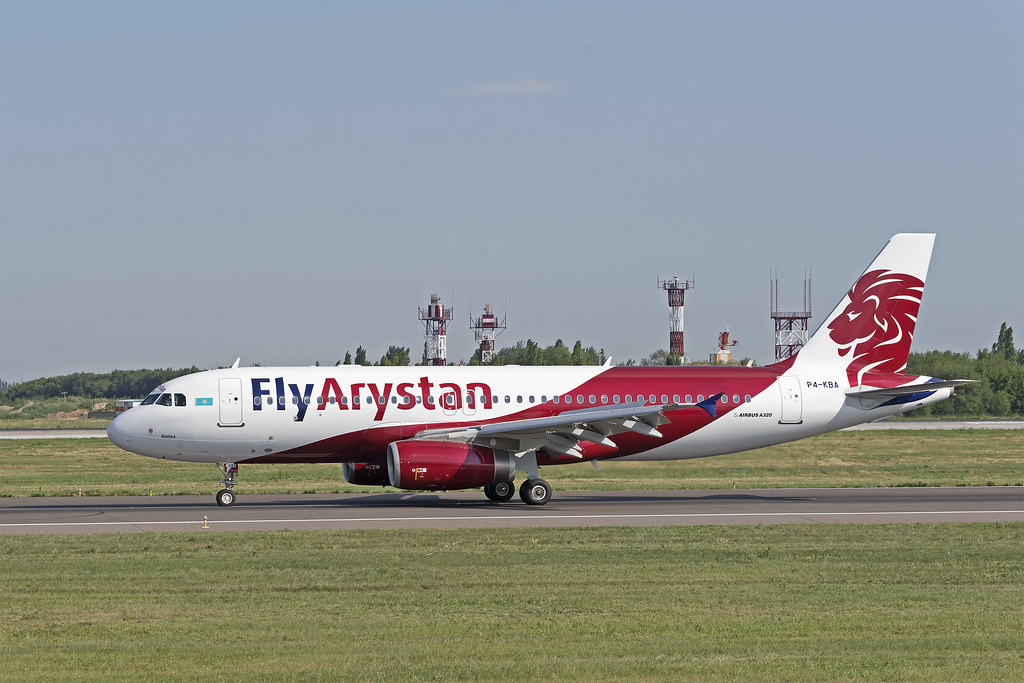
The Government of Kazakhstan has cancelled visa fees for Indian tourists for two weeks, and Kazakhstan's low-cost carrier (LCC) FlyArystan, has also launched flights from Delhi to Shymkent in Kazakhstan. Low-cost carrier FlyArystan (Air Astana Group) made the first flight between India and Kazakhstan. The flight on the Delhi-Shymkent route was carried out on Monday, May 22.
Flight Schedule
Having announced its plans to operate the route just last month, the airline will initially fly twice weekly between the two cities. Flying on Mondays and Thursdays, the flight is flown by one of the airline's fleet of Airbus A320 aircraft. Each FlyArystan aircraft seats 180 passengers in an all-economy class layout.
With the inception of this new route, Delhi becomes FlyArystan's 8th international destination. The airline already has flights to Istanbul and Ankara in Turkey, Kutaisi in Georgia, Baku in Azerbaijan, Samarkand in Uzbekistan, Yerevan in Armenia, and Bishkek in Kyrgyzstan.
The new service is scheduled to take just under three hours to fly the 1,669 km route. The aircraft operating the inaugural flight KC7469 (an A320neo registered EI-KBR) departed Shymkent Airport (CIT) 14 minutes late at 03:34 and arrived at Delhi Indira Gandhi International Airport (DEL) in Delhi at 06:08. 17 minutes ahead of schedule.
FlyArystan sees enormous potential for growth between Kazakhstan and India and is promoting the new service in both markets. The airline is keen to highlight that its new route will allow Kazakh citizens to visit the capital city of India in less than three hours for various purposes, including education, cultural enrichment, medical treatment, and tourism.
Kazakhstan Cancels Visa Fees
As the Government of Kazakhstan cancelled visa fees for Indian tourists for a 14-day visit in Kazakhstan, airline company FlyArystan is very hopeful that tourists will visit for their vacation.
Since the cancellation of the visa regime for Indian citizens to enter Kazakhstan, the flow of tourists has increased significantly; therefore, we decided to fill the need of passengers to travel between countries pursuing our main goal - providing affordable, convenient, and high-quality air transportation options," Pom Komutanont, Senior Director Operations of FlyArystan said. Kazakhstan's low-cost carrier has also announced their fare for one-way flights between two major metros, which starts from USD 55.
About the Kazakh Carrier
FlyArystan is the first Kazakh low-cost carrier that started its operations in May 2019. The carrier's fleet consists of 14 Airbus A320 aircraft with an average age of 7 years and received its first new factory fresh A320neo aircraft in September last year. It is worth noting that four aircraft were received directly from the manufacturer's factory. By the end of 2023, FlyArystan plans to expand its fleet to 19 aircraft, including new aircraft. The airline company is planning to make Kazakhstan a gateway to the European market for Indian passengers.
Since commencing operations in 2018, the low-cost airline has gone from strength to strength. 2022 was a particularly strong one for the airline, in which it flew three million passengers on over 20,000 flights. It flew 6% more passengers last year than it did in 2021 and also has an average load factor of 87%.
Read next
Niceair, a small virtual airline, has earned prominence in recent months for its ambitious objective of linking European cities such as Copenhagen and Tenerife straight to the magnificent northern Icelandic resort of Akureyri. Nonetheless, despite a promising start, Niceair has encountered substantial challenges along the way.
Niceair Overview
Niceair emerged as a visionary airline with an exclusive emphasis on bridging the gap between major European destinations and Akureyri's appealing attractions. The airline's objective was to present passengers with convenient and efficient flights, ensuring a seamless experience from departure to arrival. Niceair quickly earned prominence among travel enthusiasts looking for a new adventure due to its commitment to customer satisfaction and exceptional service.
Connecting European cities with Akureyri
Niceair's distinctive route network sought to connect major European cities with the breathtaking panoramas of northern Iceland. The airline perceived Akureyri's untapped potential as a hidden gem rich in natural beauty and cultural legacy. Niceair aims to harness the actual potential of Akureyri as a prime vacation destination by operating flights from key European destinations.
Present Scenario
Niceair operated a single Airbus A319-100 in 9H-XFW, operated by Hi Fly Malta, and Hi Fly Malta operated the 150-seat A319 on Niceair's behalf with aircrew attired in Niceair uniforms. Niceair has been unable to procure a replacement aircraft since April 7 due to Hi Fly Malta's failure to adhere to its payment schedule. Niceair's CEO, Þorvaldur Lúðvík Sigurjónsson, stated in early May that the airline was looking for alternatives to resume flights in time for the summer season and was in discussions with several capacity sources.
Payment Issues and Aircraft Replacement Complications
Niceair experienced a major setback because Hi Fly Malta failed to adhere to the agreed-upon payment schedule. Because of this financial lapse, Niceair was unable to procure a replacement aircraft after April 7, when the A319-100 was no longer accessible for operations. The unexpected turn of events placed Niceair in a difficult situation, as it faced flight interruptions and the dismay of tourists anxious to experience Akureyri.
Conclusion
Niceair's path has been distinguished by ambition, perseverance, and unexpected challenges. While the airline has faced obstacles as a result of Hi Fly Malta's refusal to satisfy payment commitments and deliver a replacement aircraft, it is still looking for ways to resume operations. Niceair is dedicated to overcoming these obstacles and providing customers seeking the stunning beauty of Akureyri with flawless travel experiences.
With Inputs from Ch-aviation
Read next
The Indian Air Force (IAF) has grounded the entire fleet of MiG-21 fighter aircraft till the checks are carried out and investigations into the reasons behind the crash over Rajasthan earlier this month are ascertained. Three people lost their lives in the crash when a MiG-21 Bison aircraft airborne from the Suratgarh air base crashed over Hanumangarh in a village on May 8.
"The MiG-21 fleet has been grounded till the investigations are carried out and reasons for the crash are ascertained," senior defence officials said.
The MiG-21 aircraft variants started getting inducted into the Indian Air Force over five decades and are on the verge of being phased out. There are only three MiG-21 squadrons with a total of around 50 aircraft operating in the IAF and all of them will be phased out by the early part of 2025.
When it met with an accident, the fighter jet that crashed over Rajasthan was on a routine training sortie. The pilot suffered minor injuries after which an inquiry had been launched to probe the exact cause of the crash.
The IAF has 31 combat aircraft squadrons including three of the MiG-21 Bison variant. The MIG-21 was inducted into the IAF in the 1960s, and 800 fighter variants have been in service to boost its overall combat prowess.
History of the Deadly Aircraft
The Soviet-origin aircraft has played a significant role in the Indian Air Force's operations for the past 60 years, participating in various missions including the 1971 Bangladesh war, the 1999 Kargil conflict, and the recent air duel following the Balakot airstrike.
However, considering the tragic event and the need for safety, the IAF hasdecidedn to ground its remaining MiG-21 fleet. A spate of crashes, many of them fatal, prompted the Indian Air Force last year to announce that it will phase out the MiG-21 Bisons by 2025, having ostensibly been unable to do sotoo maintain an adequate number of combat aircraft in service.
The IAF retired MiG-21 Bisons at the Srinagar-based No. 51 squadron, which is also known as “Sword Arms,” last September. Of the 874 MiG-21s inducted, more than 60% were licence-produced in India. The officials said that more MiG-21s have crashed than any other fighter because they formed the bulk of the fighter aircraft in the IAF’s inventory for a long time. IAF has had to keep its MiG-21 fleet flying longer than it would have liked because of the delay in the induction of new fighters.
The aircraft has gained unfortunate monikers like the "widow-maker" or the "flying coffin" due to a history of accidents since its induction into the IAF in the 1960s. With over 400 MiG-21 crashes in the last 60 years, the toll includes the lives of more than 200 pilots and 60 civilians.
The planes have been grounded at a time when most of the military’s advanced light helicopters (ALHs) are also grounded for comprehensive checks after a string of recent incidents including the crash-landing of an army helicopter in Jammu & Kashmir’s Kishtwar on May 4 in which a soldier was killed, and two pilots were injured. The Army, IAF, Navy, and Coast Guard operate more than 330 ALHs.
Future Fighter Jets For IAF
The crash rate of the MiG-21 has been a cause of concern in recent times as many of them have met with accidents. The IAF is also looking at the induction of indigenous aircraft including the LCA Mark 1A and LCA Mark 2 along with the Advanced Medium Combat Aircraft.
In February 2021, the government sealed a Rs 48,000 crore deal with Hindustan Aeronautics Limited (HAL) to procure 83 Tejas jets. The IAF has already procured 36 Rafale jets to enhance its combat capabilities. The Air Force is also in the process of acquiring 114 Medium Role Fighter Aircraft (MRFA).

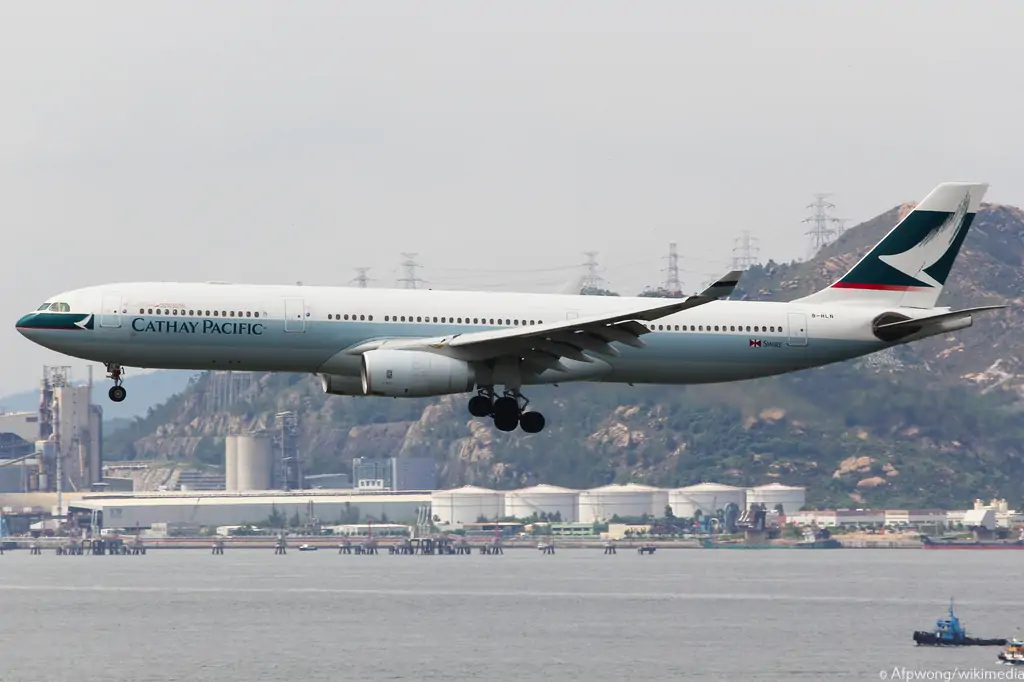
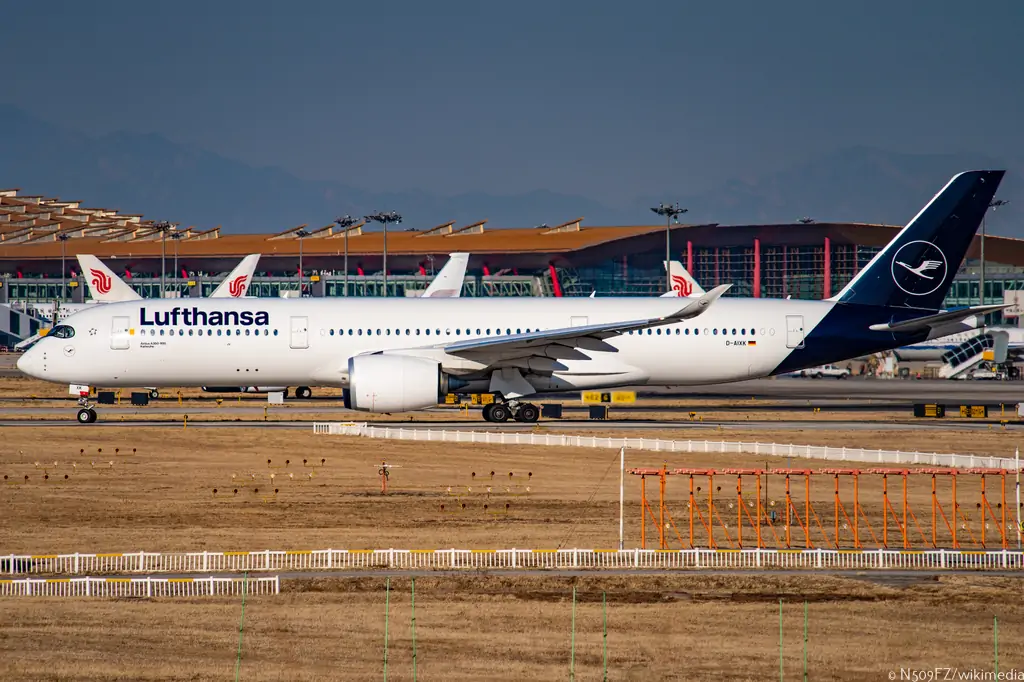

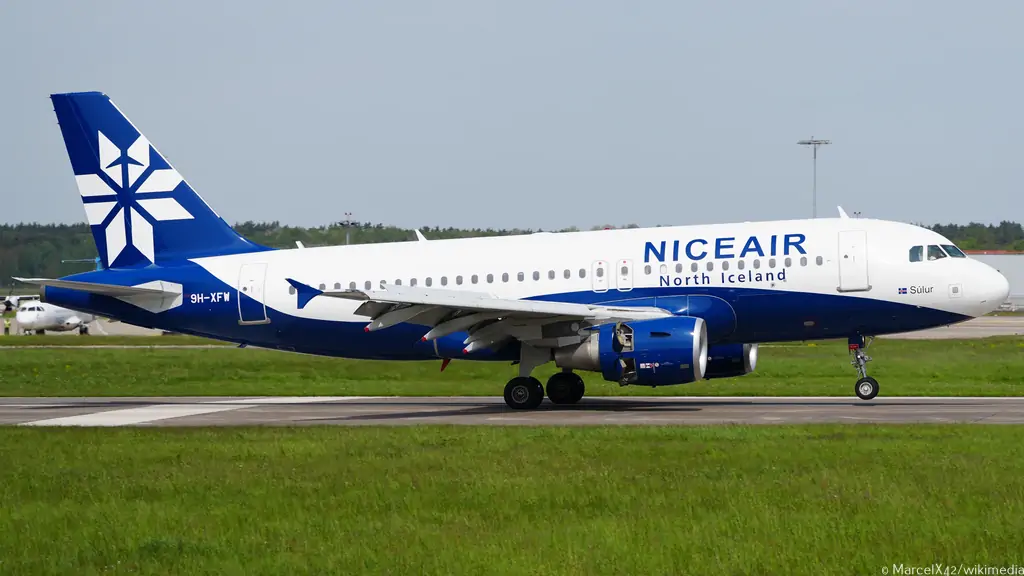
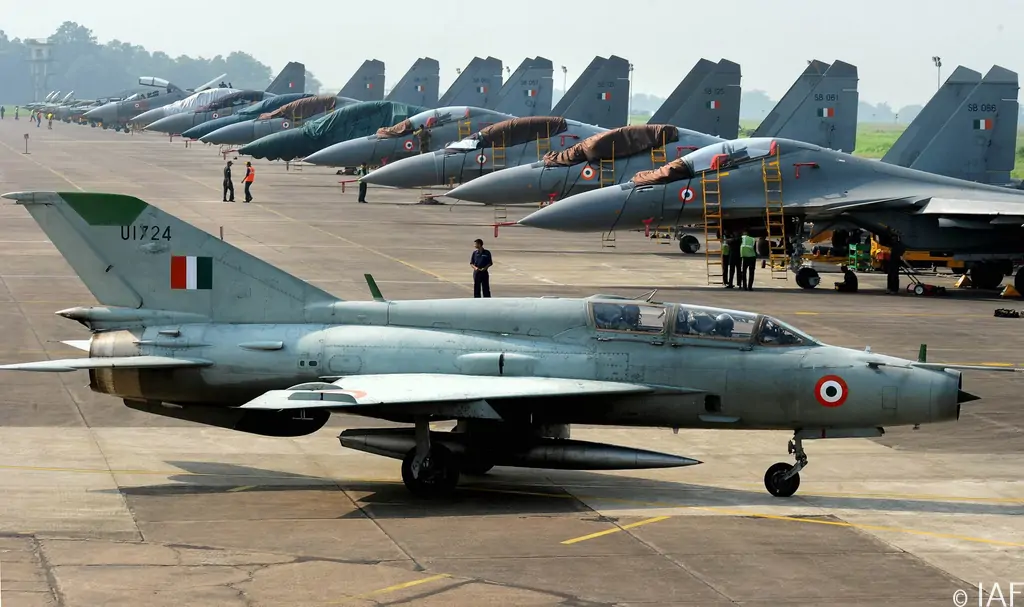
Comment